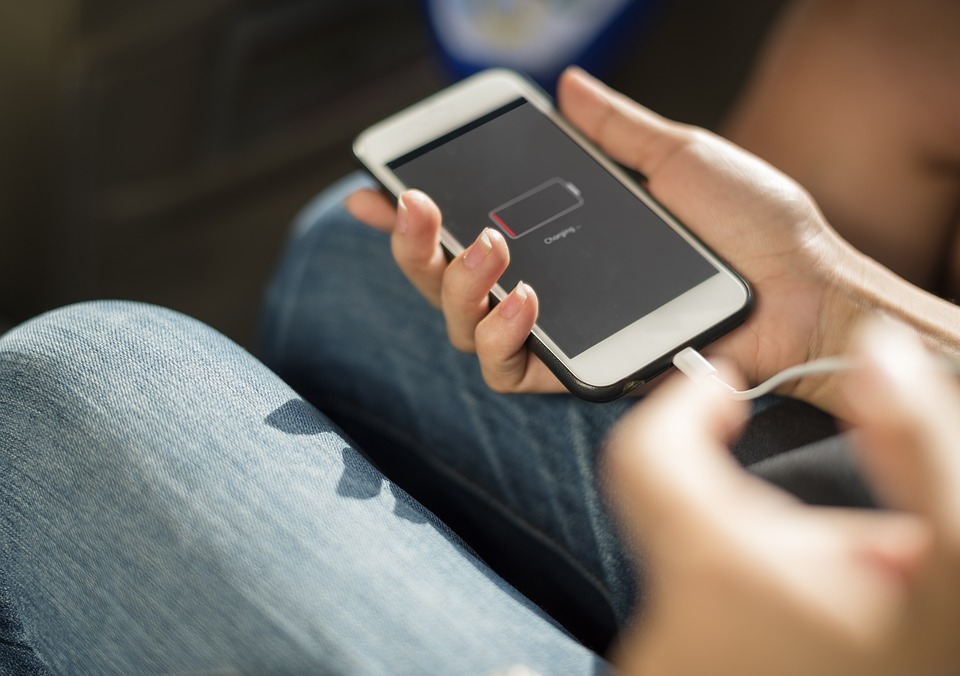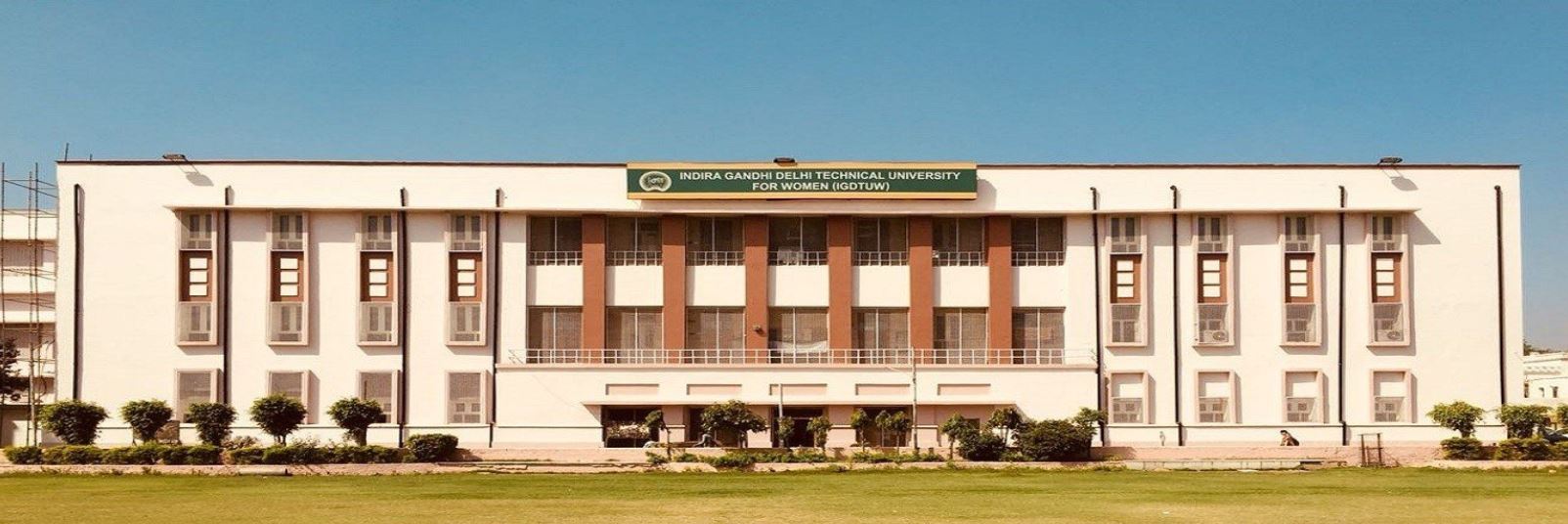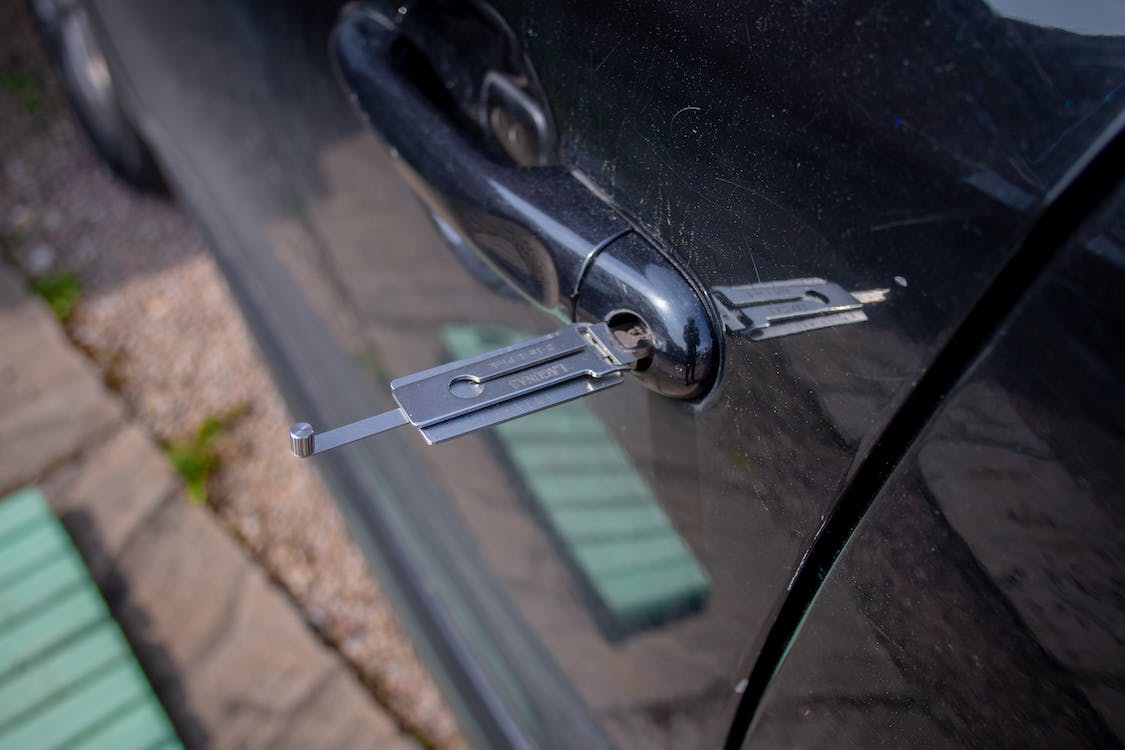Today, Smart phones have become an indispensable part of our lifestyle. Why not ? These smart gazettes with brilliant features like Pixel-Perfect camera quality, blue tooth-WiFi, GPS services, Internal/External storage and many others like are like holding whole globe in your hand. Smartphones have actually become multi-functional mobile computers. Therefore, limited battery life has become an issue in the newest mobile devices.
We always want a phone with long battery back up as it is the heart of the mobile phones. Just in case battery may not run down in emergency, it has become a trend to carry two phones together. But no matter how manufacturers boast about long battery back-up of their smart phones, batteries do loose their efficiency and deteriorate over time. No amount of obsessive care will save you from having to deal with a less capable battery a few years from now.
You may be charging your smart phone once in a day,but gradually over period of time charging frequency increases and reach to a threshold where your phone cannot survive without being on all time plug-in mode.
Everything comes with an expiry date, but somehow the user is too at fault. Very often we charge our phones incorrectly or handle them inappropriately. So, here are common errors we do while charging our phones, and tips to help you extend power of your smart phone.
The following tips will surely help you out to axe your tension of fast draining of battery’s power, and to let you enjoy your phone for long time.
Tips to Charge your Mobile Phone to Improve Battery Life
1.Use Official Charger
For a safer side and maximum results, always use the official charger that has come bundled with your phone. Using official charger is safe to use with the device’s battery. If that stops working, invest in an exact replacement.
2. Avoid Overnight or Over Charging of Battery
This is the most common way of charging mistake we all do. In the day time, we are in a habit of constantly checking email, talking and texting people, listening to music, watching online and offline videos, using apps and navigation, playing games. So, charging at night is the most convenient way to charge your batteries. However, a rechargeable lithium-ion battery charges faster than traditional rechargeable batteries. So, in most cases, your phone probably needs only 2-3 hours to hit 100%.
According to batteryuniversity.com “Li-ion is a “clean” system and only takes what it can absorb”. The charging of Li- ion batteries will be terminated by modern devices at the appropriate voltage by no more drawing current from the charger once it reaches 100%. But prolonged charging may increase temperature of the mobile phone, which can be deleterious.
3. Try Not to Charge Battery to 100%
The cycle of battery charging and discharging, and again recharging can only repeat a certain number of times. Each cycle wears the battery down by a small amount and a partial discharge is better than a full discharging.
Li-ion does not need to be fully charged as is the case with lead acid, nor is it desirable to do so. In fact, it is better not to fully charge as this reduces voltage-related stress and prolongs battery life. Try to keep your battery’s charge level between 40 percent and 80 percent power. Also, if possible try not to let the battery drop below 20 percent too often, and keep the number of complete top-offs to a minimum. Fully discharging a battery is bad for it. Many times, most of the mobile phones give indication if it reaches to 20%.
4. Discontinue Using Charger and/or Battery if the Battery gets Excessively Warm
Discontinue using the battery or charger if the temperature rises beyond 10ºC (18ºF) under moderate charging speeds.
A li-ion battery that’s been exposed to temperatures of around 100 degrees Fahrenheit for a year will lose about 40 percent of its overall charge capacity. At 75 degrees, it’ll lose only about 20 percent. You should also avoid leaving phones and laptops in hot cars or in chilly rooms.
5. Charge at Optimum Temperature
Charge your mobile at a moderate temperature. Do not charge it at freezing temperature or very hot conditions(over 30 degrees centigrade). Lithium-ion batteries can decay slightly with reducing performance. For best results, charge between 10ºC and 30ºC ( 50ºF and 86ºF). Lower the charge current when cold.
6. Recalibrate your Mobile
Internal power meter in your smartphone determines and indicates the battery’s current power level, however, this system may get whacky sometimes. So, you need to recalibrate your system again. Calibrating your battery simply means optimisation of battery power meter to reflect actual battery levels once again.
Recalibration is done by doing a full discharge-and-charge cycle: Use your phone until it’s battery is completely drained off, charge it to full capacity while leaving its power off. Finally, power your phone back on and make sure it reads as fully charged; if it doesn’t, power off and continue charging. But don’t calibrate the battery very often, repeat this process once a month or so to make sure your battery is functioning optimally.





